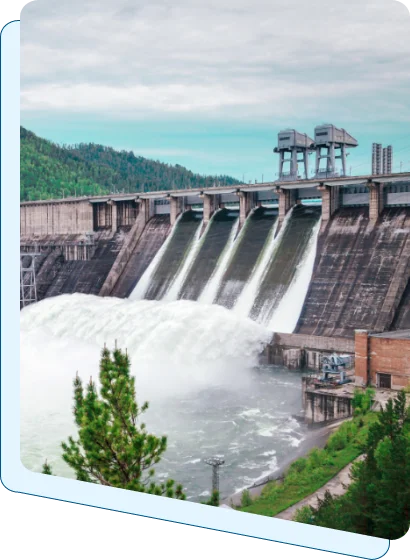The brief history of the Tamil Nadu Public Works Department can be traced back to the period of the East India Company as far back as to 1820s. This is the third oldest Department, the first two being the Revenue Department and Judiciary. When many parts of India came directly under the British Crown, the Public Works Department had become the Government Department in 1858. The erstwhile school of Survey and the Guindy Engineering College were also under the Public Works Department in the late 1800s.
On 07.06.2021 the Tamil Nadu Government have established independent Water Resources Department detaching from the Public Works Department to study the cause and impact of recent natural calamities including floods, drought etc., and focus on relief and remedial measures and to implement suitable Schemes to augment the available water and assure continuous irrigation for Agriculture
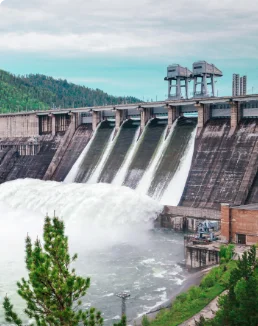
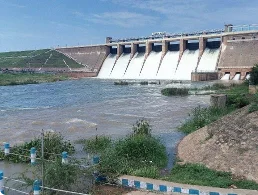
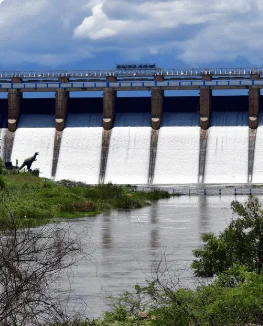
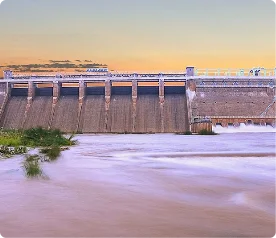
There are 34 Rivers in the State which have been grouped into 17 major River Basins and 127 Sub-Basins. Conservation and judicious management of the Ground Water resources are the prime need of the hour and also for the coming years so as to make the State of Tamil Nadu to attain self-sufficiency and sustainability in the Ground Water Resources Sector. The quantity and quality of the ground water are being continuously monitored and assessed by the Department.
This Department was intended primarily for the following purposes The main objective of the Water Resources Department is to conserve surface water, recharge ground water so as to provide equity irrigation up to tail end area and to meet out the various demands. For achieving this, new irrigation structures such as reservoirs, anicuts, barrages, tail end regulators, check dams etc. are being constructed, new channels / canals are being formed, existing irrigation systems such as dams, tanks, canals, channels etc. are being rehabilitated, restored and improved under various Schemes. In addition, interlinking of Rivers within the State and flood mitigation works are also under implementation. Construction of structures such as Check Dams, Bed Dams, Subsurface Dykes, Recharge Shafts, Percolation Ponds etc., are being carried out to protect, harness and improve the available ground water potential of the State. By all the efforts, the critical challenge of ensuring adequate water supply to meet the growing demands is being achieved
The Engineer-in-Chief, Water Resources Department monitors and coordinates the functions of 11 Chief Engineers and acts as the Technical Head of the Department. The Water Resources Department functions on the River Basin framework. The Water Resources Department has been divided into 4 Regions, each headed by a Chief Engineer, located in Chennai, Trichy, Madurai and Coimbatore. These Regional Chief Engineers are the Basin Managers for the defined basin boundaries in their jurisdiction. In addition, there are 7 functional wings viz., Plan Formulation, Design Research and Construction Support, Operation and Maintenance, State Ground and Surface Water Resources Data Centre, Institute for Water Studies, Hydrology and Quality Control, Irrigation Management Training Institute and State Water Resources Management Agency and 2 special wings viz., Cauvery Technical Cell cum Inter-State Waters Wing and Tamil Nadu Water Resources Conservation and Rivers Restoration Corporation Ltd.
